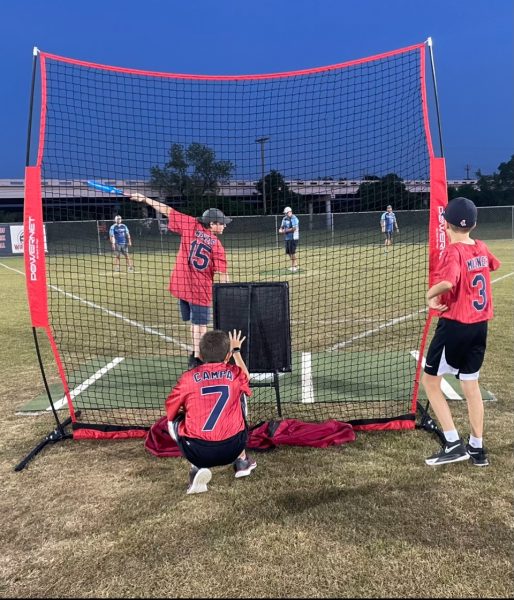The History behind the Guinness World Records
The Guinness World Records have been the official authority on Record-breaking achievements, but how did this organization start?
Records are the pinnacles of human achievement, and we as humans are obliged to record these accomplishments. Generations of children and adults alike have gone to the Guinness Book of World Records to discover the ultimate feats of mankind. Everything from sticking 3,500 toothpicks in one’s beard to shooting an arrow 40 ft. with one’s feet, it seems as though every record imaginable has been recorded in this book series. Yet how did this organization start, and how does it work?
In the early 1950’s the Managing Director of Guinness Brewery, Sir Hugh Beaver, recalled arguing with his companions about what the fastest game bird in England was. Not being able to find any book detailing a solution, Beaver decided to start a Guinness funded program compiling numerous records into a book. The project slowly grew and became the annual compilation it is today.
Today, the GWR works in a larger, more professional manner with a defined set of rules. According to the GWR website, a record must be:
- Measurable
- Breakable
- Standardisable (Repeatable)
- Based on one variable
- The Best in the World
- Verifiable
Anyone can apply for a record on the website after reading all the rules. One will need to provide evidence, or invite an adjudicator to witness the occasion.
What is an adjudicator? An adjudicator is an official judge from GWR who will help formalize an attempt and let more people know about the record attempt.
It’s amazing to look through the pages of a GWR book, realizing what we humans can do if we just put our minds to it. The organization started off from a pub dispute, and now is a symbol of human greatness. No other phrase describes the organization better then their own motto; OFFICIALLY AMAZING

Hello! I am Sunwoo Choi. I am 13 years old and an 8th grader at CVMS. I love watching movies, reading books, and listening to music. I also like biking...






















